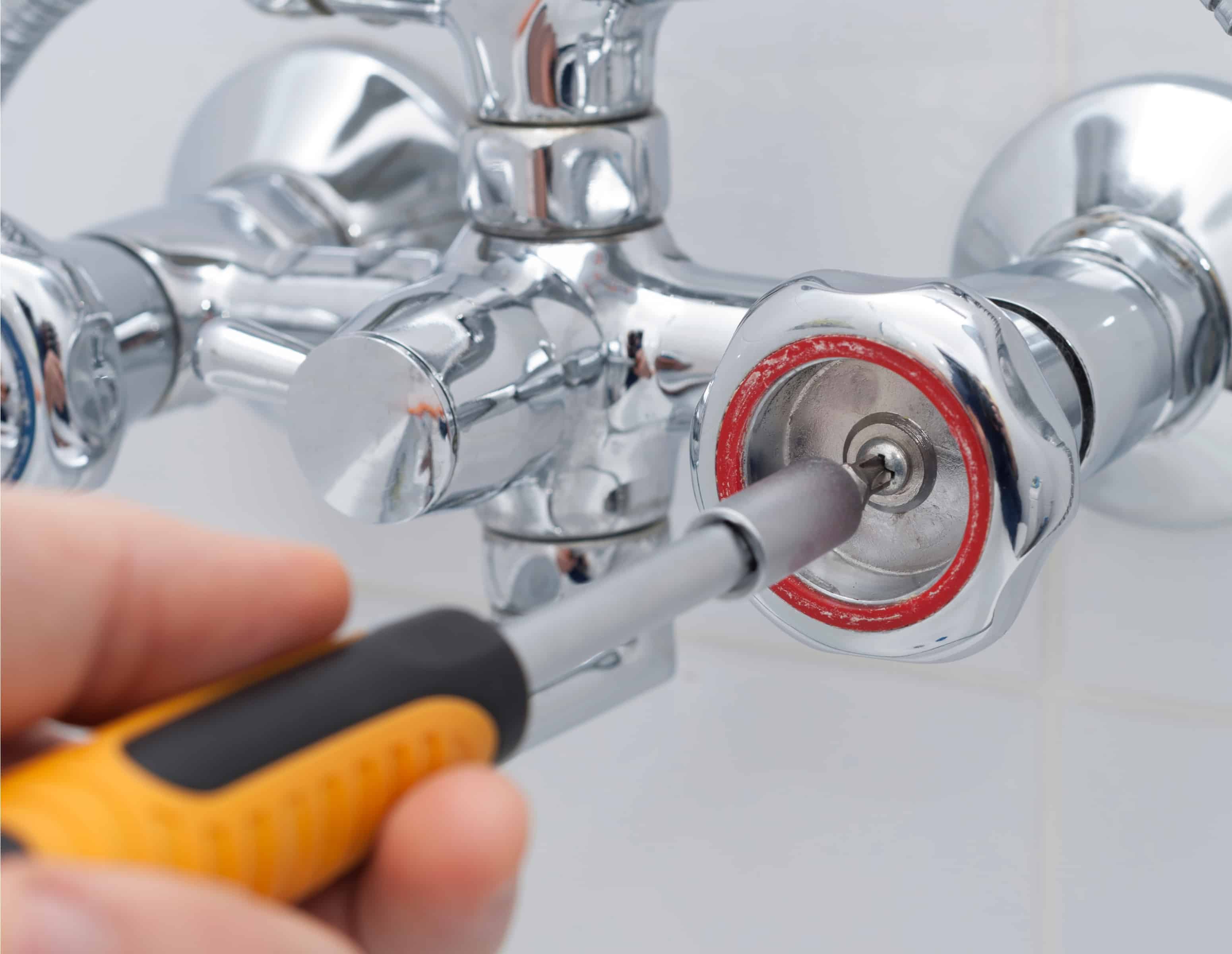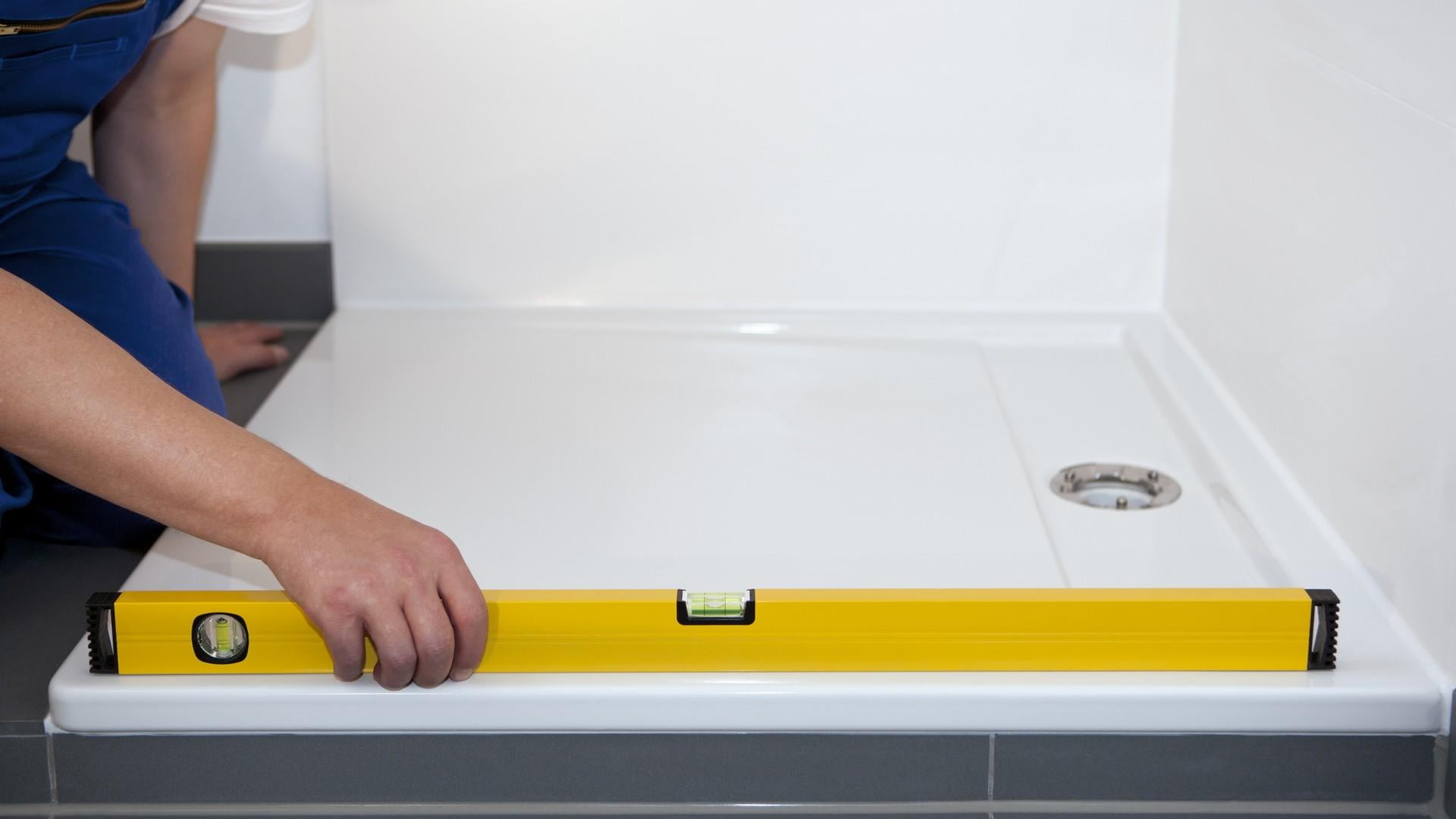Identifying Common Bathroom Accessory Issues

Bathroom accessories, though seemingly simple, are prone to various issues that can disrupt your daily routine and even lead to water damage if left unchecked. Understanding common problems and their causes can help you address them promptly and prevent major headaches down the line.
Common Bathroom Accessory Malfunctions and Causes
Regular maintenance and inspection are crucial to prevent major issues. Early detection allows for timely repairs, minimizing the risk of escalating problems and costly repairs. Here are some common bathroom accessory malfunctions and their potential causes:
- Loose Handles: Loose handles on faucets and showerheads are often caused by worn-out O-rings or washers, loose screws, or corrosion. These can lead to leaks and difficulty controlling water flow.
- Dripping Faucets: Dripping faucets are a common problem, usually caused by worn-out washers, O-rings, or cartridge issues. These can lead to wasted water and potential water damage over time.
- Clogged Drains: Hair, soap scum, and other debris can accumulate in bathroom drains, leading to slow drainage and potential backups.
- Broken Towel Bars: Towel bars can become loose or break due to excessive weight, corrosion, or improper installation.
Troubleshooting and Repair Techniques: How To Fix Bathroom Accessories

Troubleshooting and repairing common bathroom accessory issues is often a simple DIY task that can save you money and time. By understanding the underlying causes and applying the right techniques, you can effectively address most problems without needing professional help.
Tightening Loose Screws
Loose screws are a common problem with bathroom accessories, leading to instability and potential damage. The process involves identifying the loose screws, gathering the appropriate tools, and tightening them securely.
Here’s a step-by-step guide for tightening loose screws:
- Identify the loose screws: Check for any wobbly or loose screws on your bathroom accessories, such as towel bars, toilet paper holders, and soap dishes.
- Gather the tools: You’ll need a screwdriver that matches the size and type of screw. A Phillips head screwdriver is the most common type used for bathroom accessories.
- Tighten the screws: Carefully hold the accessory in place while tightening the screws. Apply steady pressure to ensure they are securely fastened. Avoid overtightening, as this can damage the accessory or the wall.
- Test the stability: Once the screws are tightened, gently test the stability of the accessory by applying slight pressure to it. If it still feels loose, repeat the tightening process.
Replacing Worn-Out Washers
Washers are small, flat rings that help to prevent leaks and ensure a secure fit for bathroom accessories. Over time, they can wear out, leading to drips or leaks. Replacing them is a simple task that requires basic tools and materials.
- Identify the worn-out washers: Inspect the faucet, showerhead, or other accessories for any leaks or drips. This will help you pinpoint the location of the worn-out washers.
- Gather the tools and materials: You’ll need a wrench or adjustable pliers, a screwdriver, and replacement washers that match the size and type of your existing ones.
- Remove the old washer: Use a wrench or pliers to carefully remove the nut or cap that holds the washer in place. Then, gently pull out the old washer.
- Install the new washer: Place the new washer in its proper position, ensuring it is properly aligned. Reinstall the nut or cap, tightening it securely but not too tightly.
- Test for leaks: Turn on the water and check for any leaks. If you see any, repeat the process, ensuring the new washer is properly installed.
Unclogging Drains
Bathroom drains can become clogged with hair, soap, and other debris, leading to slow drainage or even complete blockage. There are several techniques you can use to unclog drains, including using a plunger, a drain snake, or a chemical drain cleaner.
- Gather the tools: You’ll need a plunger, a drain snake, or a chemical drain cleaner. Choose the method that best suits the severity of the clog and your personal preference.
- Use a plunger: Place the plunger over the drain opening, ensuring a tight seal. Push and pull the plunger up and down vigorously, creating suction to dislodge the clog. Continue until the drain is clear.
- Use a drain snake: Insert the drain snake into the drain opening and twist it to break up the clog. Push the snake further down the drain as you twist, and pull it back out to remove the debris. Repeat until the drain is clear.
- Use a chemical drain cleaner: Pour the chemical drain cleaner into the drain, following the manufacturer’s instructions. Allow the cleaner to work for the recommended time, then flush the drain with hot water. Use chemical drain cleaners sparingly, as they can be harsh on pipes.
Repairing Broken Towel Bars
Towel bars can become broken due to excessive weight, rust, or other factors. Repairing a broken towel bar typically involves replacing the broken parts or the entire bar.
- Identify the broken part: Determine whether the towel bar is broken at the mounting brackets, the bar itself, or both. If only the mounting brackets are broken, you may only need to replace those.
- Gather the tools and materials: You’ll need a screwdriver, a wrench, and a replacement towel bar or mounting brackets. Choose a towel bar that is compatible with your existing mounting hardware.
- Remove the old towel bar: Use a screwdriver or wrench to remove the screws or nuts that hold the towel bar in place. Carefully remove the broken bar and mounting brackets.
- Install the new towel bar: Place the new towel bar in its desired location and secure it with the screws or nuts. Ensure the towel bar is level and stable.
- Test the stability: Gently test the stability of the towel bar by applying slight pressure to it. If it feels loose, tighten the screws or nuts.
Tools and Materials
| Repair Task | Tools and Materials |
|---|---|
| Tightening Loose Screws | Screwdriver |
| Replacing Worn-Out Washers | Wrench or Adjustable Pliers, Screwdriver, Replacement Washers |
| Unclogging Drains | Plunger, Drain Snake, Chemical Drain Cleaner |
| Repairing Broken Towel Bars | Screwdriver, Wrench, Replacement Towel Bar or Mounting Brackets |
Troubleshooting Tips, How to fix bathroom accessories
- Check for obvious signs of damage: Before attempting any repairs, carefully inspect the bathroom accessory for visible signs of damage, such as cracks, breaks, or rust.
- Test the water pressure: If you’re experiencing leaks or drips, test the water pressure to rule out any issues with the water supply.
- Identify the source of the problem: Try to pinpoint the exact location of the leak or clog before attempting any repairs. This will help you focus your efforts on the right area.
- Consult the manufacturer’s instructions: For more complex repairs, refer to the manufacturer’s instructions for your specific bathroom accessory. This will provide detailed information on how to safely and effectively address the problem.
Preventive Maintenance and Care

Just like any other appliance in your home, bathroom accessories require regular maintenance to ensure they function properly and last for years to come. By implementing a simple preventive maintenance routine, you can significantly extend the lifespan of your bathroom accessories and prevent costly repairs down the line.
Importance of Regular Cleaning
Regular cleaning is crucial for maintaining the functionality and aesthetics of bathroom accessories. Dirt, grime, and mineral deposits can accumulate over time, leading to corrosion, damage, and even malfunctions.
- Frequent Cleaning: Aim to clean your bathroom accessories at least once a week to prevent the buildup of dirt and grime. This will help maintain their appearance and prevent the formation of stubborn stains.
- Deep Cleaning: Once a month, consider a deeper cleaning to address any accumulated grime or mineral deposits. Use a specialized cleaner designed for bathroom fixtures and accessories.
Using the Right Cleaning Products
Choosing the right cleaning products is essential to prevent damage to your bathroom accessories. Harsh chemicals can strip away protective coatings, leading to corrosion and premature wear.
- Avoid Harsh Chemicals: Avoid using abrasive cleaners, bleach, or acidic solutions, as these can damage the finish of your accessories.
- Use Gentle Cleaners: Opt for mild, pH-neutral cleaners specifically designed for bathroom fixtures. These cleaners effectively remove dirt and grime without harming the surface.
- Natural Solutions: Consider using natural cleaning solutions like vinegar or baking soda for gentle cleaning. However, test these solutions on a small, inconspicuous area first to ensure they do not damage the finish.
Proper Cleaning Techniques
Proper cleaning techniques are essential to prevent damage and ensure the longevity of your bathroom accessories.
- Soft Cloth: Use a soft, non-abrasive cloth to clean your accessories. Avoid using rough sponges or scrubbers that can scratch the surface.
- Gentle Pressure: Apply gentle pressure when cleaning to avoid damaging the finish. Avoid scrubbing aggressively, as this can lead to scratches and wear.
- Rinse Thoroughly: After cleaning, rinse your accessories thoroughly with clean water to remove any residue from the cleaning solution. This will prevent the formation of mineral deposits and ensure a clean finish.
- Dry Immediately: Dry your bathroom accessories immediately after cleaning to prevent water spots and corrosion. Use a soft cloth or towel to dry them thoroughly.
Preventing Corrosion
Corrosion is a common problem in bathrooms due to the high humidity and moisture levels. However, you can take steps to prevent corrosion and extend the lifespan of your accessories.
- Ventilation: Ensure proper ventilation in your bathroom to reduce humidity levels. Use a fan to exhaust moisture after showering or bathing.
- Regular Cleaning: Regular cleaning, as discussed earlier, helps prevent the buildup of dirt and grime that can accelerate corrosion.
- Protective Coatings: Consider applying a protective coating to your bathroom accessories, such as a sealant or wax, to create a barrier against moisture and corrosion.
Maintaining Functionality
Regular maintenance is crucial for ensuring the proper functioning of your bathroom accessories.
- Check for Leaks: Regularly check for leaks in faucets, showerheads, and other accessories. Promptly address any leaks to prevent water damage and corrosion.
- Lubrication: Lubricate moving parts, such as hinges and handles, with a silicone-based lubricant to prevent squeaking and ensure smooth operation.
- Tighten Loose Parts: Regularly check for loose screws or bolts and tighten them as needed to prevent instability and potential damage.
